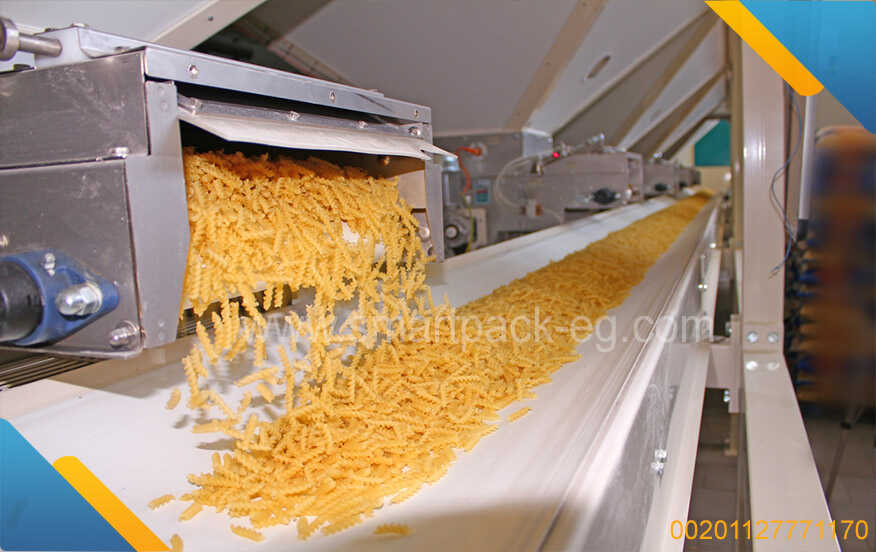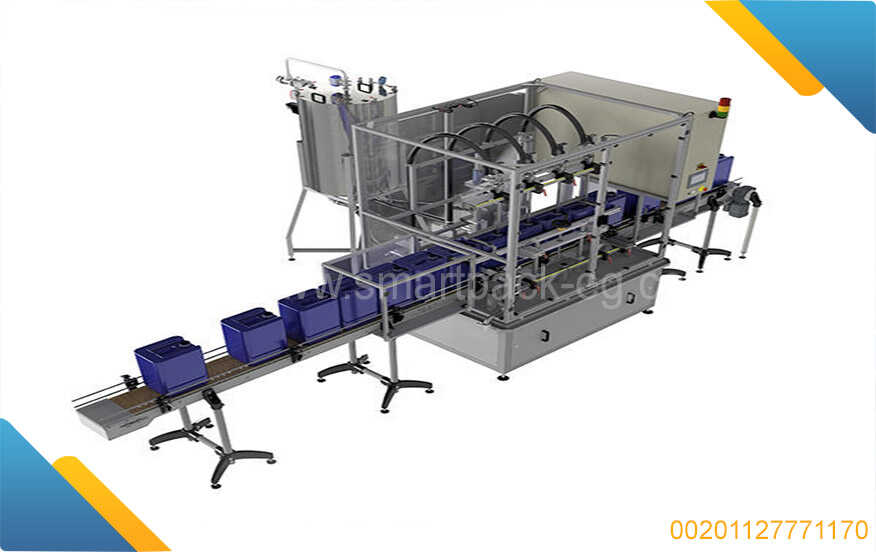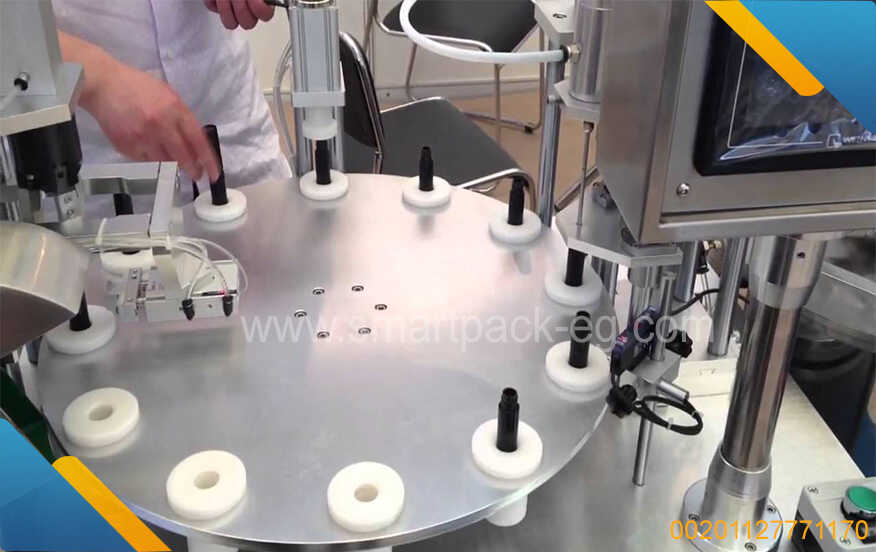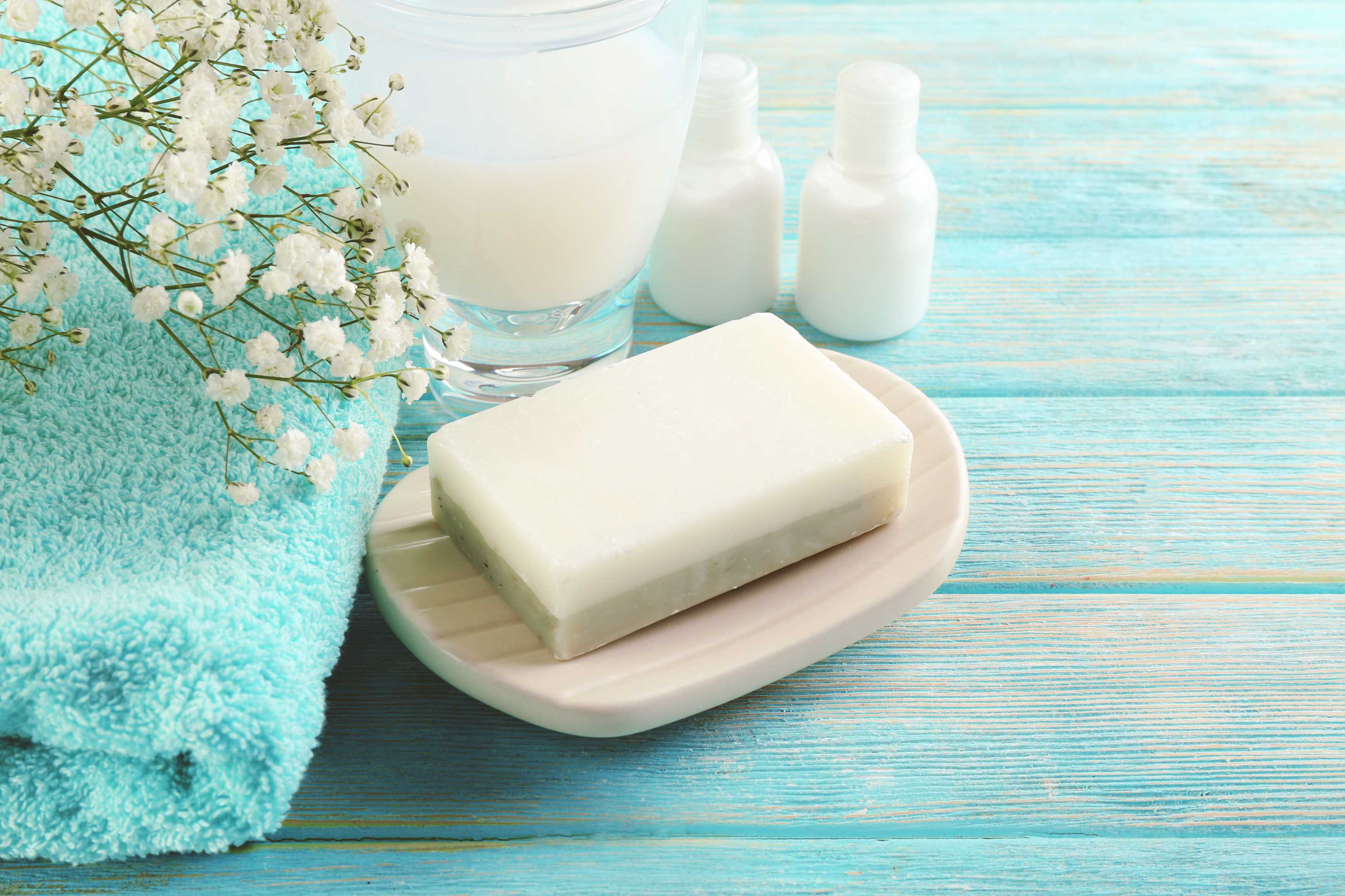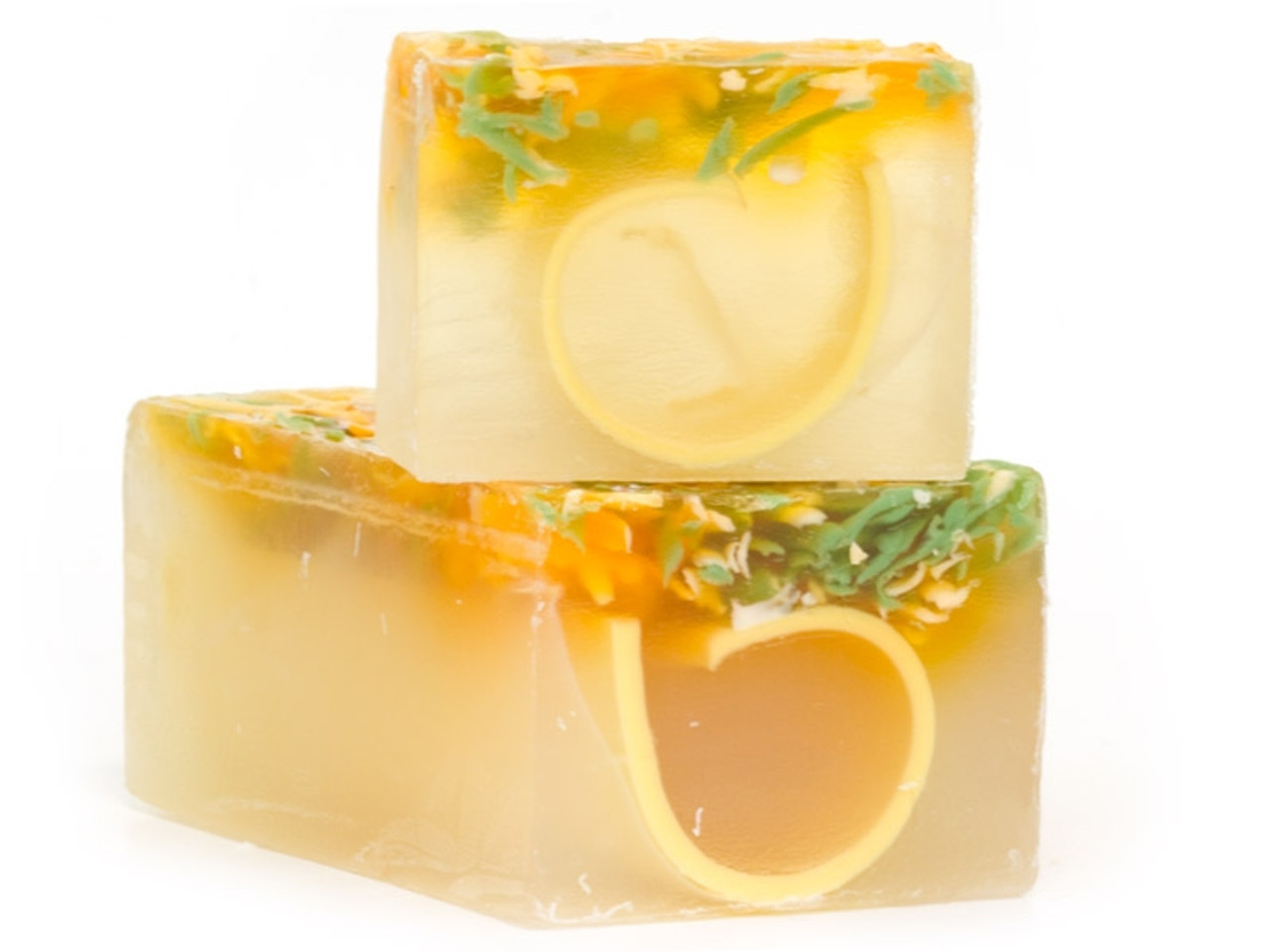Title: How to Create and Manufacture Sterilizers at Home: Turning Chlorine into a Profitable Project
Introduction:
Creating and manufacturing sterilizers at home can be a great way to contribute to public health initiatives and potentially generate income. In this guide, I will walk you through the step-by-step process of creating sterilizers using chlorine and how you can turn this project into a profitable venture.
Section 1: Understanding Sterilizers and Chlorine
1.1 What are Sterilizers?
- Sterilizers are substances or devices designed to eliminate or deactivate bacteria, viruses, and other microorganisms on various surfaces.
- Sterilization is crucial for maintaining cleanliness in homes, hospitals, laboratories, and other environments.
1.2 The Role of Chlorine in Sterilization
- Chlorine is widely used as a disinfectant due to its strong antimicrobial properties.
- It effectively kills bacteria, viruses, and fungi by attacking their enzymes and DNA.
Section 2: Creating Sterilizers at Home
2.1 Safety Precautions
- Ensure you handle chlorine with care, following all safety guidelines.
- Wear protective gear such as goggles, gloves, and a mask to prevent any accidental exposure.
2.2 Materials Required for Sterilizer Creation
- Chlorine source (e.g., bleach, pool chlorine tablets)
- Distilled water
- Spray bottle or container
- Measuring equipment (graduated cylinder, teaspoon)
2.3 Steps to Create the Sterilizer Solution
- Calculate the required chlorine concentration based on the intended use (refer to industry guidelines).
- Dilute chlorine source with distilled water in the appropriate ratio (e.g., one teaspoon of bleach per one liter of water).
- Mix thoroughly until completely dissolved.
- Transfer the solution to a spray bottle or container, ensuring proper labeling.
Section 3: Manufacturing and Scaling Up
3.1 Evaluating Market Demand
- Conduct market research to identify potential customers, such as local hospitals, clinics, schools, or businesses requiring sterilization services.
- Assess the competition and determine pricing strategies based on the prevailing market rates.
3.2 Establishing a Production Plan
- Determine the required production capacity based on market demand.
- Source raw materials (chlorine sources and containers) in bulk to reduce costs.
- Set up a dedicated production area, ensuring compliance with safety regulations.
3.3 Quality Control Measures
- Establish quality control protocols to maintain consistent product standards.
- Regularly test the sterilizer solution for chlorine concentration and efficacy.
3.4 Establishing Distribution Channels
- Identify distribution channels suitable for delivering your sterilizer products to customers.
- Explore direct sales, partnerships with local retailers, or online platforms for wider market reach.
Section 4: Turning it into a Profitable Project
4.1 Pricing Strategies and Profit Margins
- Determine a competitive yet profitable pricing structure by considering production costs, market demand, and the value you offer.
4.2 Marketing and Promotion
- Develop a strong brand identity for your sterilizers.
- Utilize various marketing channels such as social media, websites, local advertising, and attending relevant industry events.
4.3 Customer Relationships and Feedback
- Fostering good relationships with customers is essential for business growth.
- Collect feedback and continuously improve your product based on customer needs and suggestions.
Conclusion:
Creating and manufacturing sterilizers at home using chlorine can be a fulfilling project with the potential to turn into a profitable venture. This guide has provided you with the necessary steps to create sterilizers, scale up production, and establish a successful business. Remember to prioritize safety, quality control, and market research to ensure the success and sustainability of your project.

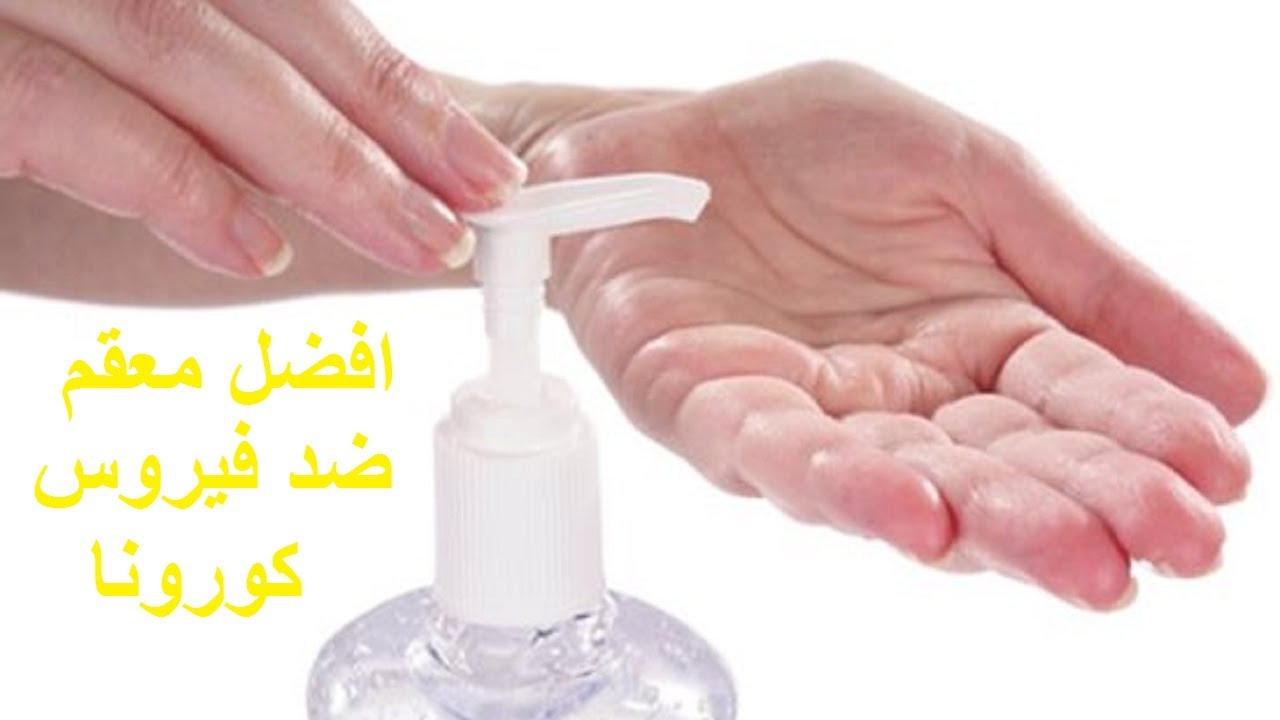
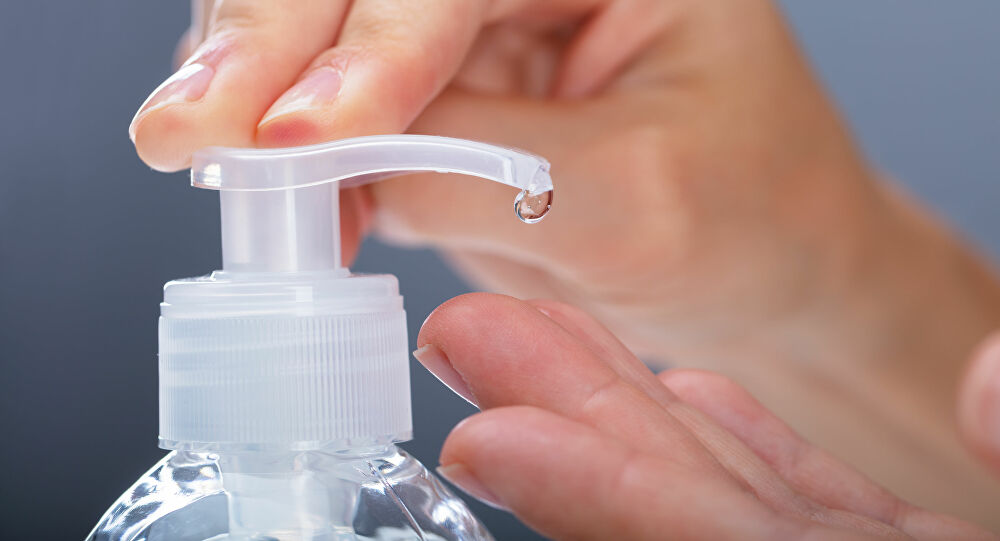
 Admin
Admin 
